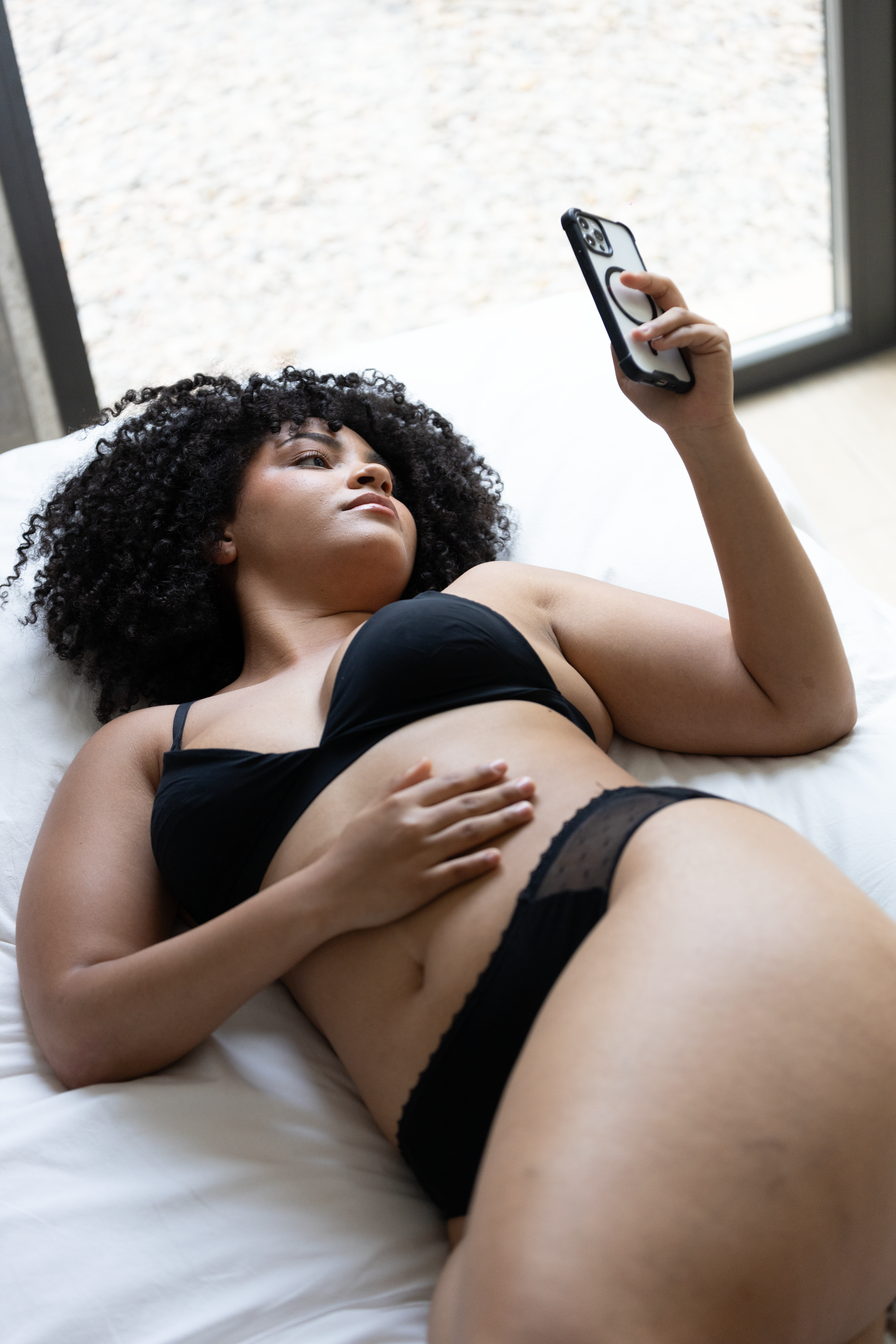
Do you know how much you bleed during your period?

The menstrual cycle is something all girls experience month after month. In some cases, it could be a painful process, even a little uncomfortable. However, it is a part of life, and we need to know about it more.
Menstrual periods can last between 21 to 28 days, and the bleeding from 5 to 7 days. This information is known by all women; however, what we all do not know is how much blood we lose during the menstrual cycle, and if we are bleeding much or little. We will talk about this later.
How many milliliters of blood do you lose?
In normal menstrual cycles, the amount of blood ranges approximately from 30 to 50 milliliters. During the first days of menstruation, your bleeding will be heavy, and then will gradually decrease. So, even if it looks like you are bleeding too much when you get your period, this bleeding will decrease over the days.
This amount can vary if there is prolonged menstrual bleeding. Having long cycles leads to more bleeding, which can lead to anemia.

How do you measure the amount of blood you are losing?
At this point you are probably wondering how you can tell if you are losing a normal amount of blood. And this is not easy at all. We are not taught to identify a normal amount of bleeding.
There are several tricks to measure the amount of blood, depending on the feminine hygiene product you use. Here, we explain some of them.
- Menstrual cups
Menstrual cups are probably the hygiene product that makes it easier for you to calculate the amount of menstrual bleeding. Most of these cups have measurements, so recording the amount of period daily, when changing the cup, would be enough to know how much you bleed.
- Tampons
Regular tampons absorb approximately 5 milliliters and ultra-absorbent ones absorb 10 milliliters. To calculate the amount of blood, you must record the number of tampons you use and how soaked they are.
- Sanitary pads
Sanitary pads absorb the same amount as regular tampons, so the method used to measure the amount of bleeding would be the same. When you take the measurement, you must take into account that your period is composed of 36% of blood; the remaining 64% corresponds to other fluids, such as urine and mucous membrane.
In order measure the fluid in the sanitary pads, you should multiply the number of pads used by the milliliters they absorb by the 0,36% that corresponds to the blood percentage.
If you use sanitary pads or are considering using them, a good option are eco-friendly sanitary pads. By using them, you will not have any problems with allergies, irritation or itching. They are very easy to wash and you help the environment by reducing waste.

What causes abnormal bleeding?
There are also different factors that cause heavy or light bleeding. Menopause, pregnancy, lactation, stress, eating disorders or malnutrition can cause light bleeding. Likewise, endometriosis, intrauterine devices (IUD), pelvic inflammatory disease, uterine fibroids, uterine polyps, adenomyosis, thyroid disorders, polycystic ovary syndrome may cause heavy bleeding.
In case you notice changes in your menstrual bleeding, it is necessary to go to a specialist to rule out any serious disease. Do not neglect any symptoms that indicate that something is not right in your body. Watch for the bleeding and report any irregularities in the amount of blood to your doctor.





